Birds in India migrate from Northern latitudes to escape cold temperatures during winter. Some arrive during monsoons to breed and some are passage migrants that take a pit stop in the country around October-November and March-April, during their journeys elsewhere. Some are local migrants that move within the country according to their breeding cycle.
We should appreciate the long journeys which migratory birds take in order to complete their life cycle. In terms of migration routes of birds, Navi Mumbai lies near one of the paths of the Central Asian Flyway.
Starling, Buntings, Rosefinch, Stonechat and Pipits migrate to Mumbai during the winter from Central and Northern Asia and Europe. Bee-Eater and Shrikes migrate within the country and are found along dry grassy/shrubby/rocky areas of the city.
Read more: Birdspotting – from dawn to dusk
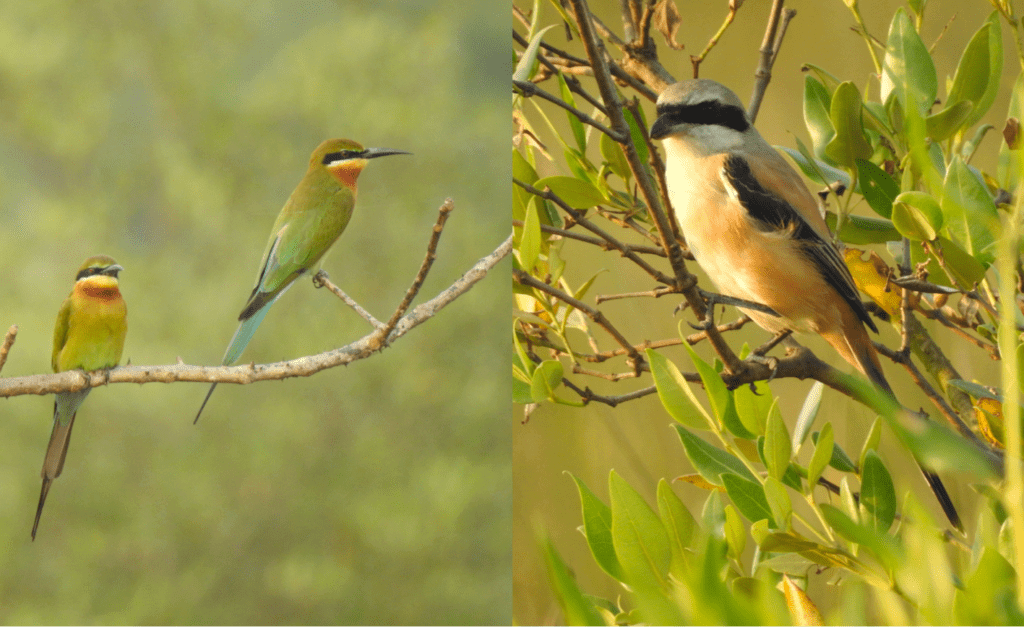
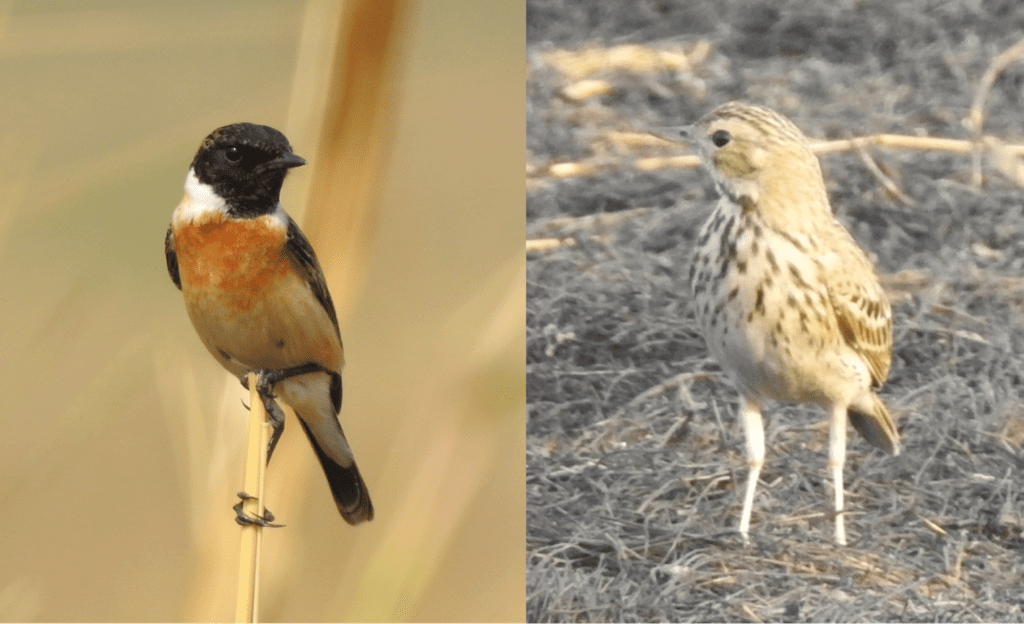

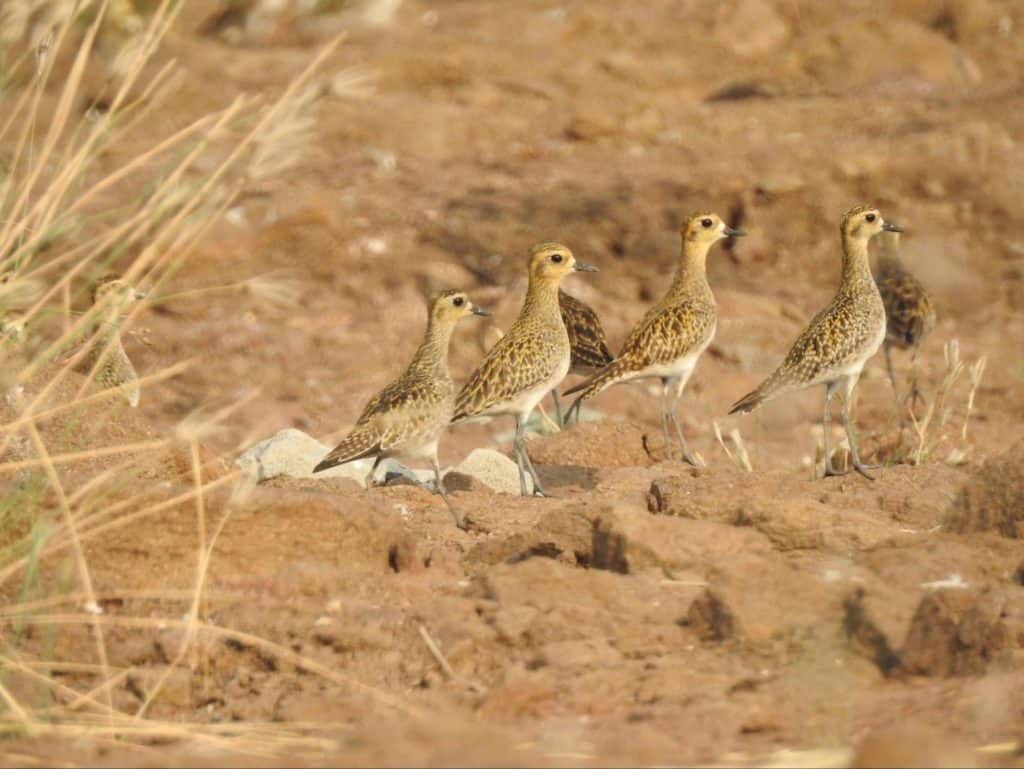

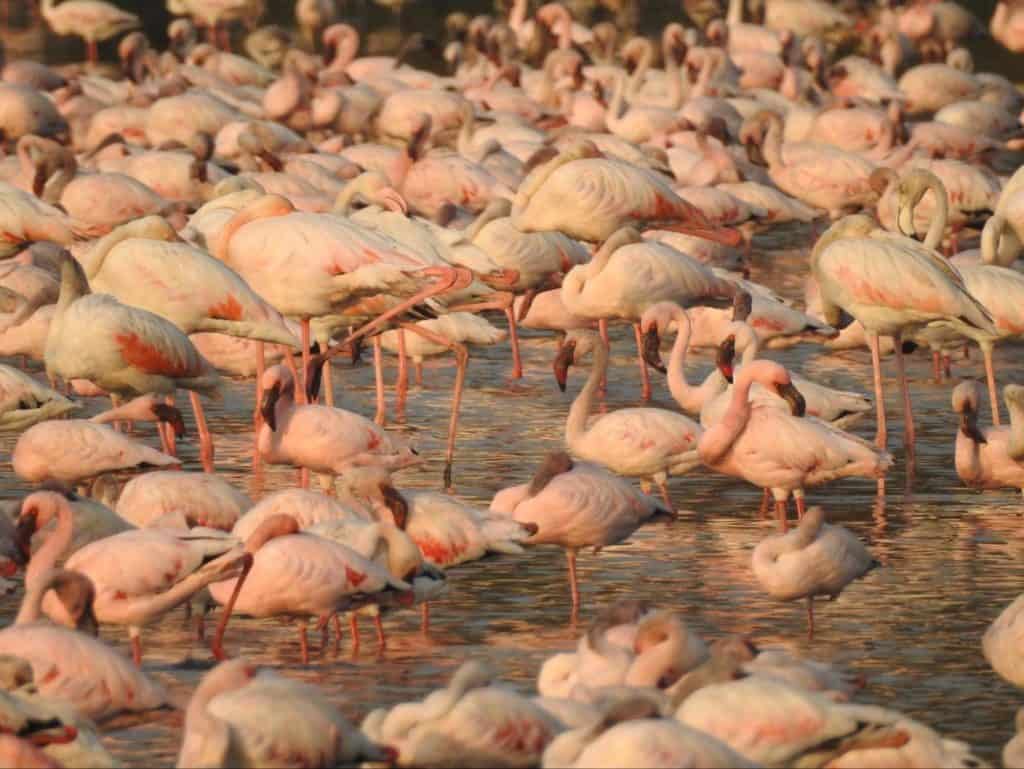
Birds of prey also migrate to the city, like Eagles and Buzzard, which are found near land areas, Osprey and Harrier, which are found near water, migrate from Central and Northern Asia and Europe.

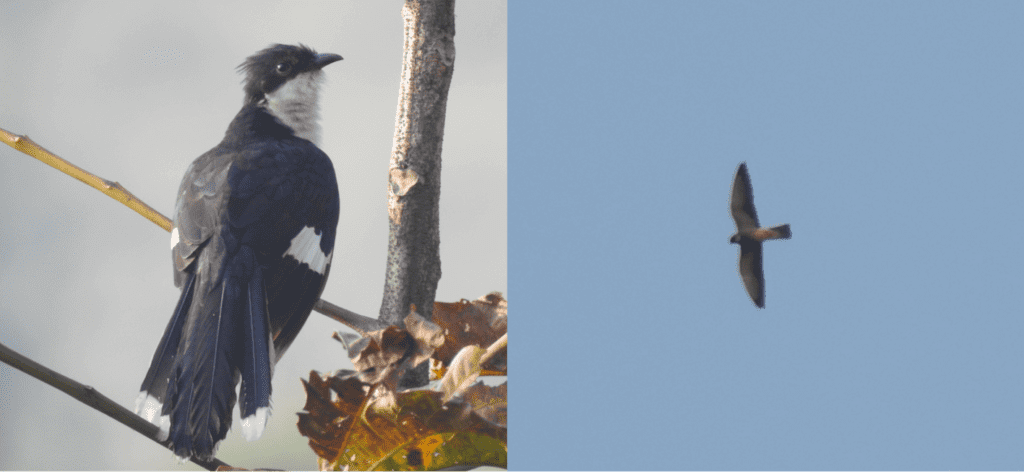
Nice article
Nice approach and steps to develop our Navi Mumbai…giving it more of natural values.
I really feel someone to lead this…and if we gain success, It would be really heaven of India.. the fourth metropolitan city of The India
Good Job all Team! I Wishing to all of you for your bright future.
Very nice & informative article with very good pictures of migratory birds in Navi Mumbai.